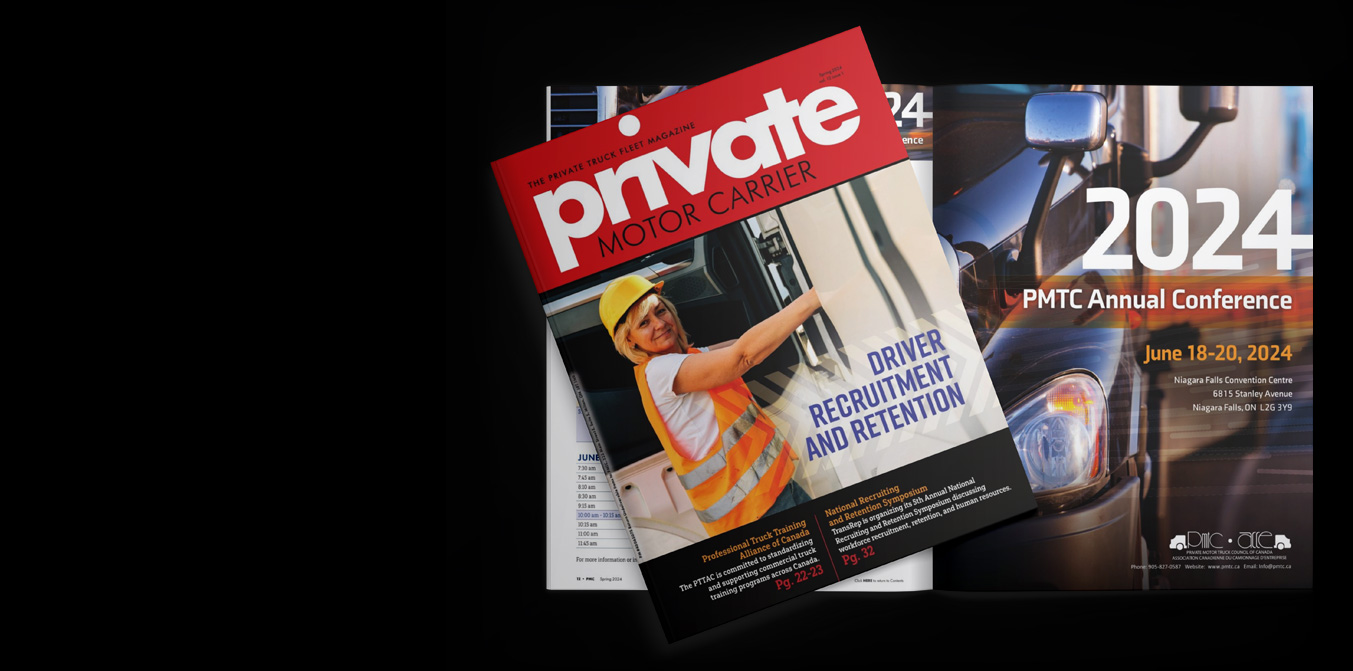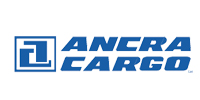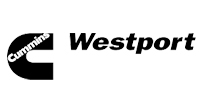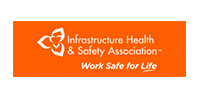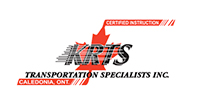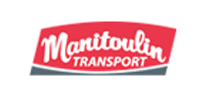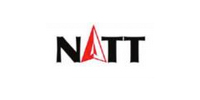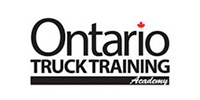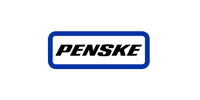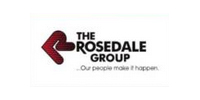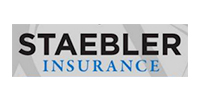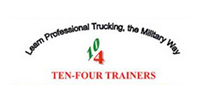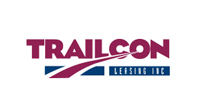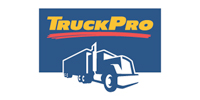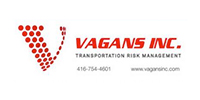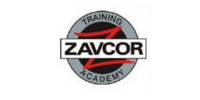Thieves are targeting more freight than ever before. Are you at risk?
With losses now estimated at $5 billion per year, the cost of Canada’s stolen cargo is staggering.
“Cargo theft in Canada presents a significant and growing threat to shippers,” FreightWatch International reports in its 2013 study on global cargo thefts. Fleets working in major cities and supply hubs such as Montreal, Edmonton and Vancouver are at particular risk. But the Greater Toronto Area (GTA) faces some of the biggest losses of all. Police there report cargo thefts which rival numbers in Los Angeles, Dallas/Fort Worth and South Florida. Brampton, a city on the area’s western edge, accounts for one in every four reported cargo thefts in Ontario.
By some estimates, the GTA loses $500,000 in cargo per day.
These are not typically armed hijackings, FreightWatch International observes. In Canada and the U.S., most goods are taken without a confrontation. Increasingly, thieves are simply hooking up to loads and rolling through the front gate. “It has developed from thieves following a load and waiting for an opportunity to steal the targeted cargo, to essentially setting an appointment to steal it.” A thief simply cons their way into a fleet yard by posing as a legitimate driver or third-party broker. These “deceptive pickups” accounted for 6.45% of U.S. cargo thefts in 2012 -- up almost sevenfold since 2009.
Still, truckers continue to be shot and killed for their freight as well. In 2009, a gang hijacked a $1.5-million load of pharmaceutical products being hauled through Mississauga. In 2006, barely an hour down the highway, a trucker was murdered in Pickering for a load of air-chilled chicken.
“Cargo theft is much more than an insurance problem. It’s a dangerous, expensive, global threat that puts individuals, communities and businesses at risk,” Insurance Bureau of Canada Atlantic Vice-President Amanda Dean said in a release, during a recent training session in Dieppe, New Brunswick.
“If you are in the trucking industry you are at risk,” adds Greg St. Croix, national transportation risk focus leader at Marsh Canada, a major industry insurer. “They want what you have.”
What the thieves want
Today’s targets are more likely to include something like a $76,000 load of food rather than a $380,000 load of electronics. While the electronics accounted for 32% of losses in 2007, the share dropped to 12% in 2012. Consumables such as food and drinks – now accounting for 19% of thefts -- are simply more difficult to trace and can be sold everywhere from flea markets to the back doors of disreputable restaurants.
York Regional Police Detective Sergeant Paul LaSalle refers to goods such as detergent, diapers and batteries as just a few examples of things he has seen stolen. “Anything that can be sold at any store can be fenced through many avenues,” he says.
St. Croix suggests the focus of thieves can mirror the state of the economy. “When the economy goes south, it’s the food stuff. When the economy is good, it changes from those commodities to electronics.”
There is a clear connection to commodity prices as well. When there was a spike in copper prices, thieves turned their attention to anything made of the metal. Then when the price of corn increased, there was a corresponding jump in the price of cattle feed. Suddenly loads of beef became more valuable. One of the biggest cargo thefts of 2012 involved stealing 6 million pounds of maple syrup from the Global Strategic Maple Reserve in Quebec, mostly shipped a truck at a time to Kedgwick, New Brunswick. It was worth $20 million.
The search for coveted goods might even be a little easier when thieves turn their attention to private fleets. Truck graphics are widely recognized by these businesses as a powerful branding tool, says Northbridge Insurance risk services specialist David Goruk, but also advertise the contents of the trailer.
Even the day of the week plays a role in targets. About 71% of the thefts from cargo facilities like fleet yards and warehouses came on weekends in 2012. They are the days when yards are patrolled by skeleton crews, if they are patrolled at all. The thefts may not even be discovered until Monday morning, giving thieves a head start.
To compound matters, police typically have a seven-hour window in which to recover a stolen load, St. Croix says. The timeframes are even shorter in urban areas like Toronto and Montreal.
The hidden problem
While the problem begins to grow, many fleets continue to be secretive about the losses. Even though there was an 18% jump in Canada’s reported cargo thefts between 2011 and 2012, there were almost as many notices of recovered freight as there were thefts, FreightWatch International reports. The police may be good, but that good?
LaSalle suggests there may be several reasons why fleet managers are silent on the issue. For-hire fleets and brokers may be worried about being marked with a reputation for losing freight. Fleets of every type may be worried that reports could lead to higher insurance premiums. “For us, it’s a hurdle,” he adds.
In other cases, a fleet might swallow a $25,000 loss if it has a $50,000 insurance deductible, St. Croix says, suggesting that barely a quarter of the losses are reported. Some insurance policies also exclude unattended trucks, specific types of cargo, or losses in known high-theft areas. But even accounting for factors like this, thefts have been counted among the top six cargo claims for several years.
It is getting worse. Organized criminals are discovering that the thefts offer a low risk and high reward, St. Croix adds. The penalties for stolen cargo pale in comparison to illegal activities involving drugs and guns. To compound matters, underserviced and underfunded police departments will likely focus more attention on higher-profile crimes, he says. The investigated thefts can seem more like a paper shuffle.
There are exceptions. He refers to York Regional Police as an example. They have made cargo crime a focus of this year’s Crime Stoppers program, addressing the growing issue identified by the Canadian Association of Chiefs of Police.
The awareness campaign includes everything from posters in truck stops to brochures handed out to drivers. “The idea is to get people talking about it, to get the information flowing,” LaSalle says. It is also a matter of raising awareness so consumers realize that they thefts play a role in prices on store shelves, and can even threaten highway safety as thieves speed away with their loads.
The problem might even be worse than it needs to be.
“Fleets don’t take some basic risk-prevention measures,” St. Croix says. “We in the [trucking] industry are pretty good at shooting ourselves in the foot.”
Cargo keepers
15 ways to fight cargo crime
Cargo crime is a growing problem, but fleets don’t have to be willing victims.
The Private Motor Truck Council of Canada publishes a checklist of crime-preventing tips and techniques in the form of the Guidelines for Security in Trucking – addressing everything from general practices to approaches involving fleet yards, buildings, equipment, routing and personnel. (See www.pmtc.ca/CMFiles/SecurityCheckList.pdf for details.)
Private Motor Carrier also asked Greg St. Croix, national transportation risk focus leader at Marsh Canada, and David Goruk, a risk services specialist at Northbridge Insurance, to share some of their top tips for protecting a load.
- Encourage drivers to keep a secret -- Loose lips sink ships. They also threaten trucks. “You trust your friends, but you never know,” Goruk says, stressing the need to remain secretive about cargo, routes and security protocols.
- Conduct regular criminal background checks – Fleets are required to conduct criminal background checks on drivers heading to the U.S., but the reviews could reach beyond that. Goruk recommends conducting the checks on every employee, and every few years. A driver who had a clean record when first reviewed may fall on hard times or begin a life of crime after being hired.
- Mark it up – It will always be easier to track down a stolen trailer that is covered in vehicle graphics, St. Croix says. “White 53-foot cargo vans get lost in the system ... You don’t often find Coca-Cola vans stolen.” Options include everything from complete wraps to conspicuity tape marked with a fleet’s logo. Even sprayed markings on trailer crossmembers can help to identify equipment after a theft.
- Install and aim security cameras – A picture is worth a thousand words, particularly if it captures the right information. “The problem is when [security cameras] are 40 feet up and all they can do is show the guy stealing the truck,” St. Croix says. “Make sure there’s a camera pointed at the truck door or the truck window so you can capture a picture of the driver.”The images will certainly help in an investigation. Once something is stolen, a close look at the video recorded in the previous days and weeks can help to identify suspicious activities, such as employees hanging out in a particular area of the yard, Goruk says.
- Lock it tight – No lock is perfect, but every barrier can slow a thief’s progress. Cone-shaped pin locks make it tougher to hook up to a trailer, bolt seals slow access through barn doors, and gladhand locks make it tougher to release a trailer’s brakes.
- Keep it indoors – As secure as a locked trailer can be, it is no match for a locked and monitored warehouse. Private fleets have a particular advantage when scheduling the times products arrive and leave, St. Croix says. When possible, use that to your advantage. “Don’t load the freight off the dock until it’s pretty much ready to go,” Goruk says.
- Track the trucks – Geo-fencing technology can show when a truck is straying from its appointed routes. If a driver strays into a high-crime area, it might be worth investigating.
- Park and protect – It will always be tougher to unload stolen goods from a trailer if the doors are parked against each other. Goruk has even seen fleets run a 6” steel channel behind parking spaces, just high enough to block the doors. “You end up with this 100’ bumper that’s bolted to the ground and the trailers just back against it,” he says.
- Look for help -- Insurers and local police forces will sometimes offer a free security review for a fleet facility, analyzing everything from landscaping to lighting and locks, St. Croix says. And even local or regional fleets can adopt the best practices published by the Customs-Trade Partnership Against Terrorism (C-TPAT) program for cross-border carriers.
- Badges? We need badges? – “Fleets should issue all drivers, all personnel, with Photo ID that must be worn at all times. No photo ID? No entrance,” St. Croix says.
- Train to protect – Every driver could benefit from training in how to protect cargo and prevent hijackings.
- Know the high-crime areas – The Insurance Bureau of Canada will offer a map that identifies high-crime areas around cities like Miami, New Jersey and Montreal. Anyone traveling through an area like that should arrive with a full tank of fuel so they can pick up a load and drive about 200 kilometres before needing to stop, St. Croix says.
- Work with carriers you trust – Load boards help to move freight in a hurry, but cargo thieves use them to identify opportunities, St. Croix says. Where possible, use pre-screened carriers who embrace a focus on security.
- Spec’ for security – Many equipment options can help in the fight against crime. St. Croix recommends options like stainless steel locking pins which cannot be cut or burned off, tough aluminum trailer roofs, and solar-powered tracking tags. Professional thieves can buy scanners to detect the latter devices, but they will likely look elsewhere if a single load has several tags, he says.
- Protect the fuel – “Fuel theft is rampant,” St. Croix says, noting how a pair of saddle tanks can hold several thousand dollars of the liquid gold. Anti-siphon screens which fit under the cap will help to keep the fuel where it belongs.


